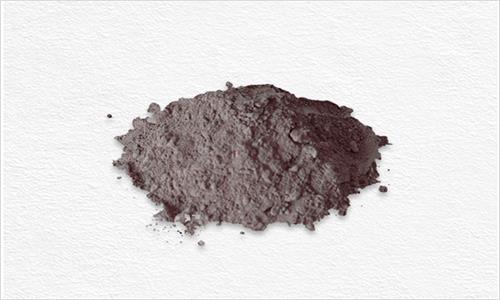Acid Resistant Castable Introduction

Acid resistant refractory castable with water glass as binder, good acid performance refractory material as aggregate and powder, this refractory product can be refractory material which can resist the corrosion of acid materials under the low temperature form of 800 ℃ ~ 1200℃ Products, acid resistant refractory castables are widely used in the industrial sector because they are amorphous and have excellent fire resistance and acid resistance.
There are many raw refractory materials for acid resistant refractory castables. The aggregates in the refractory products include silica, diabase, andesite and wax stone. These kinds of stone have strong acid resistance, especially silica and cast stone are most commonly used. Acid resistance can be used in any situation, depending on the requirements of the construction site.
Acid resistant castable should also be noted that silica will exhibit a change to polycrystals when heated by quartz, and its volume will shrink during this process in order to avoid this phenomenon. Therefore, use the silica refractory brick material of the exhaust gas to replace a part of the silica raw material. The most used powder in the acid resistant refractory castable is silicon powder, high siliceous clay powder and porcelain powder. Due to the polycrystalline shrinkage characteristics of silica, it is smaller than cast stone in the scale of application, and cast stone is the most common acid-resistant castable aggregate.
Acid Resistant Castable Production Process
The commonly used ingredients of acid resistant refractory castables can be divided into three types, namely aggregates, powders, and binders. According to the specific requirements and the construction site conditions, the appropriate formulation ratio is set. The acid resistant refractory aggregate is between 60% and 70%, the powder is between 30% and 40%, and the water glass solution with a density of 1.4g/cm3 is used.


